 This is an interview I’ve looked forward to posting since I first contacted this talented mobile artist. Once you view his work, you’ll understand why. If the spirit of someone can leak through their email correspondence, then I would predict that Clint is a sincere, kind and thoughtful gentleman who doesn’t take himself too seriously – a charming combination!
This is an interview I’ve looked forward to posting since I first contacted this talented mobile artist. Once you view his work, you’ll understand why. If the spirit of someone can leak through their email correspondence, then I would predict that Clint is a sincere, kind and thoughtful gentleman who doesn’t take himself too seriously – a charming combination!
Normally I post new features on Saturdays but I am working late to get this one posted on Clint’s birthday which happens to be today, March 8th. Happy Birthday Clint!
Geri: What is your name and in what part of the world do you live?
Clint: My name is Clint Cline. I’m also known as Papa, Sweetheart and, on occasion, Lunkhead. I’m blessed to live in the Winter Strawberry Capitol of the World, Plant City, Florida.
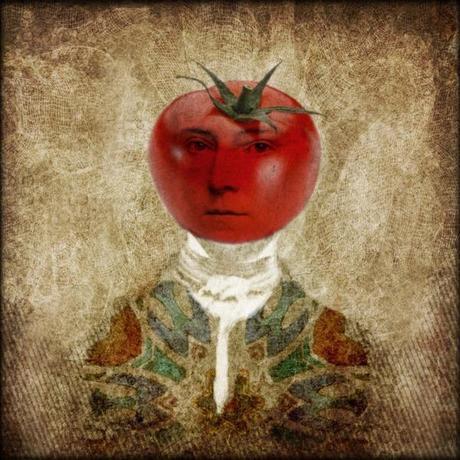
The Tomato King (above)
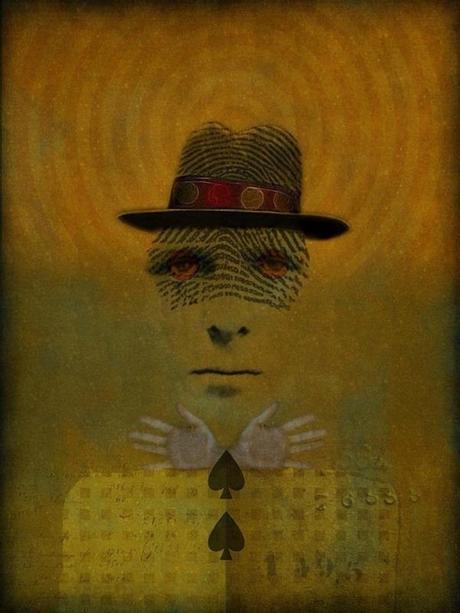
Jack of Spades (above)
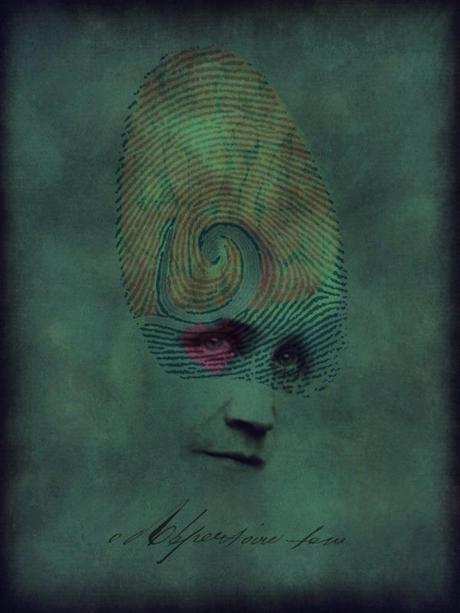
Queen of Hearts (above)
Geri: Do you have a traditional photography or art background?
Clint: Actually, I’m a writer by trade. But as an artist, I’m sort of a mutt. Well, “hybrid” sounds better, but that’s just a mutt with a collar and a bath. My art background grew out of a school field trip at age 10. I’d always dawdled with drawing but when our class visited The Sacramento Bee newspaper my artistic life changed forever. Near the end of the tour we reached the art department to meet the paper’s editorial cartoonist where he took us through the basics of drawing. I happened to be standing at his right shoulder, riveted on how quickly he could make a scene come alive from a blank page. Suddenly my daylong efforts to convince Brenda Nellis to ride home on the bus with me vanished, and I became lost in a flurry of imagination wondering how I could make things come alive, too. Finally, the cartoonist did a quick sketch of a man’s head complete with a hat and cigar, and then lifted it off his pad right into my hands. His name was Newton Pratt. He won a Pulitzer Prize the year I visited him at the Bee, which I thought was more than enough reward for inspiring a young kid to learn to draw on purpose.
That night I holed up in my room with a pad and pencil and went through the same drawing motions I’d seen him do until I could draw the man’s head with my eyes closed. That didn’t work so well so I decided then and there to only do art with my eyes open. Of course, since the cartoonist had only drawn a head I never learned to draw bodies, so most of my pencil art is above the neck (true story).
I’m getting to the photography part but that all came post-pencil and long after I’d been working in gouache, oils, watercolor, pen and ink (which led me to form a calligraphy guild in my 20’s), then onto collage during college. My first real experience with photography came post-college in the military where I worked as a reporter and learned to shoot if I wanted pictures with my stories. I was able to work with the Base photographer at times. He was patient with my endless questions and poured into me the basics of composition and story in photography, skills I use to this day in my design and film work.

Day Dream Believer (above)
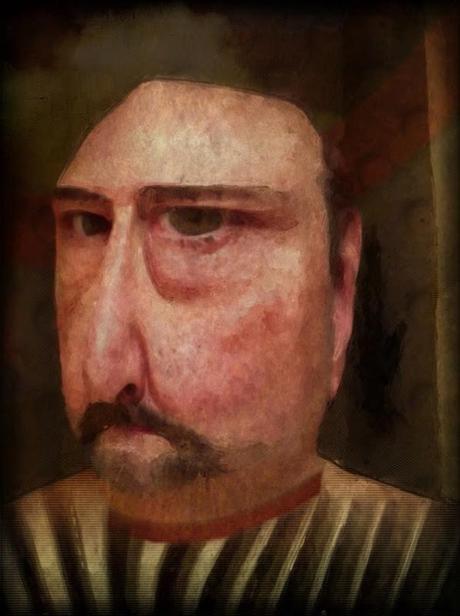
Radiator Man (above)
Geri: How long have you been creating mobile art with your iPhone?
Clint: My first smartphone was a Treo 650. Make that reasonably intelligent phone. I decided after living with 320x320 pixel images that mobile photography would never rise above the level of pictures of sales receipts, puppy dogs and selfies in the bathroom mirror. My first iPhone (3G) in late 2008 changed all that. It’s 2 MP camera (that I could carry in my pocket!!) was less than the 3.5 MP digital camera I was using at the time, but was impressive enough to make me think about the possibilities from a new perspective.
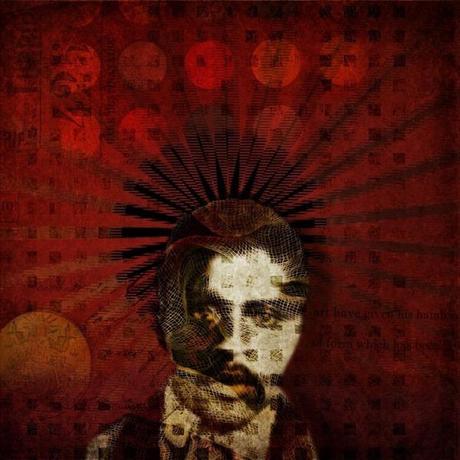
Dr. Reginald Made Them Think (above)

The Poverty of Silent Words (above)
Geri: Do you use the native camera app, or another specialty camera app like ProCamera or Camera+?
Clint: I use the native camera app about half the time. The balance is split among other camera apps on my top shelf like Hipstamatic, 645 Pro, Lomora, Hueless, ClassicPAN, and Lo-Mob.
Geri: Who or what inspires your work?
Clint: First, one look at iPhoneArt.com, P1xels, JUXT, and any of the Flickr and Facebook groups I hang around, witnesses to the amazing level of talent that populates this new medium. I have a handful of ‘must follow’ artists whose work continually amazes me and who I often study to learn both their motivation and technique. That helps inform how I see my own art as well as understand it in the context of this moment, this medium, and within the larger arc of artistic expression. These artists along with all the work on these sites provides encouragement and a challenge to keep pushing beyond what I think I might be capable of doing.
As a writer, I’m also influenced by the strong and often soaring visual language of writers like Cormac McCarthy, Saramago, Faulkner, and Max Lucado. Poetry is a constant, too. I read it for pleasure but it has the added benefit of exercising my mind’s eye to look behind the obvious. And as a student of the Bible and the faith, I often draw on themes and truths I find there.
And I’d be remiss not to mention Paige. In the last year I’ve come to know this remarkable young woman with an insatiable artistic talent and an ability to tell a story with her art. Paige paints with her mouth. That’s because she can’t move her arms or legs, is deaf and ‘legally’ blind. Oh, and she breathes through a tube. But God has given her stories to tell and that allows her to push past all her physical issues to the passionate pursuit of art. In fact, she’s publishing her first book this year. The strength of her joy in the midst of what the world would consider limitations blesses me greatly and I draw inspiration from her character and courage.
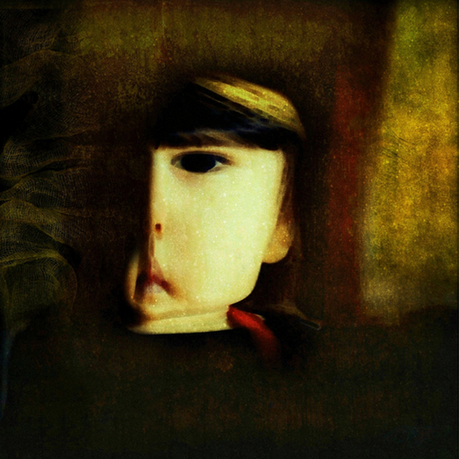
The Half Sister (above)

Ticket Please (above)
Geri: Your work often resembles a digital collage. How did your style evolve?
Clint: I’m not sure, really. When people ask what I do for a living, rather than say I’m an ad guy I usually tell them “I solve problems and tell stories.” I’m used to creating or finding photographs, illustration, line art, etc., to illuminate copy and draw a viewer into a message. I suppose, then, my collage style has evolved in part from that practiced habit of combining disparate visual elements into a cohesive whole. That and sleep deprivation. Sometimes things end up in one of my images and I don’t remember putting them there. So I just add another layer and move on…
Geri: Do you create your own textures for your images or is this done using apps?
Clint: Early on I relied on the generosity of other digital artists who created and distributed textures freely on Flickr (thank you Jerry Jones!). But I have since built an archive of more than 300 proprietary textures, some the product of images I shoot and others the byproduct of the apping process. And new tools like iColorama, the recently released Tangled FX, and others mean an endless supply of options for textures.
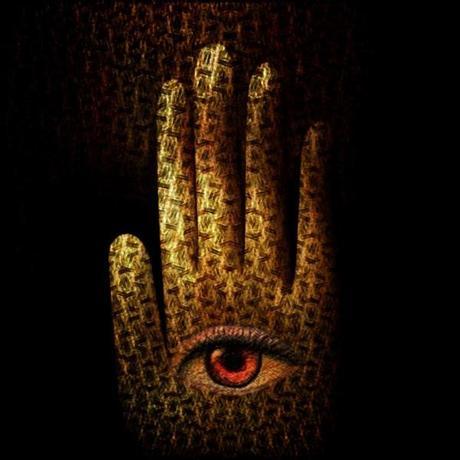
The Eyes Have It (above)
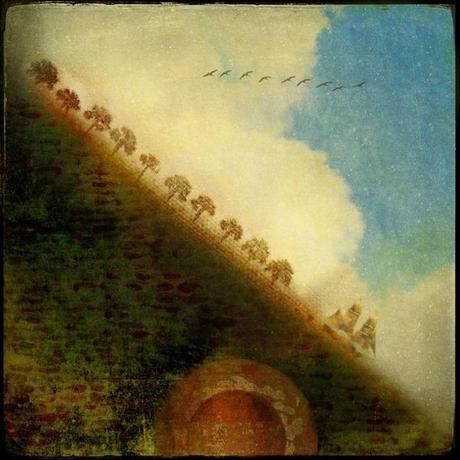
Departure (above)
Geri: When you create a piece, do you have a plan or does it evolve as you work?
Yes, all of the above. My training requires I “begin with the end in mind” when writing or designing and it's a pattern that finds its way into my art. It comes in handy, too, when there are specific challenges such as Roger Guetta’s Appstracts group, or the NEM group. In those cases I embrace that planning approach to answer what, to me, is really a design problem more than an art problem.
I find more freedom, though, working without a net. I compare it to the process a novelist goes through when fashioning a story. They create an arc, then build in conflict and contrast, name and balance characters, give them a voice and set them on a journey. Invariably, at some point in that process, the story takes on a life of its own sometimes quite apart from the author’s original intent. That’s a picture of how much of my art is developed. A good example of that is a recent piece entitled, “Slippery Slope.” The original image was a Hipstamatic shot of a bar of soap and a lampshade. My goal was to create a color contrast that I could use perhaps as a background in other images. The shot sat for more than a year in my “working” folder. Then, when the Tangles app debuted recently, I looked for a test image and found the lampshade. Alone, the image just showed a now textured soap bar against a sloping background. The app had actually created a dimensional depth the original image never had. That’s when I ‘saw’ the foreground as a platform of sorts, and in Superimpose added a man in a coat stepping off into a void. I finished with a cast-light shadow of “the coated man” (Saramago would be proud) on the background. Then, as an inside joke to myself, gave it the “Slippery Slope” title.
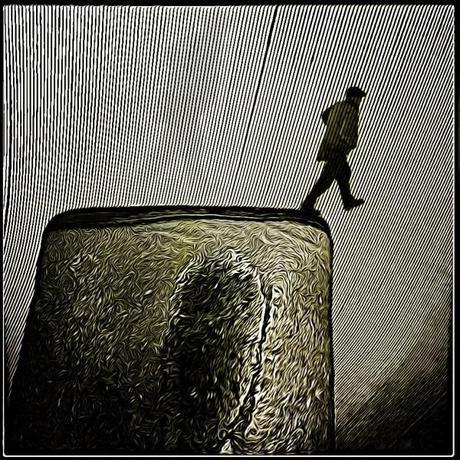
Slippery Slope (above)
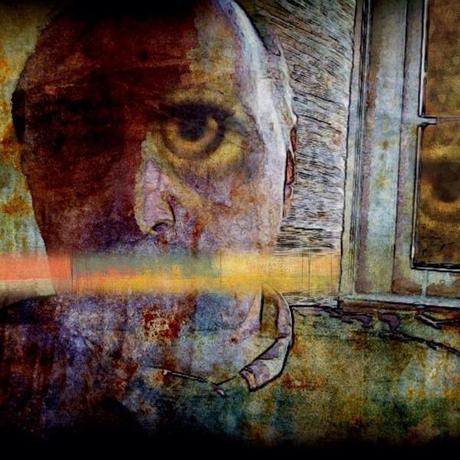
I didn’t see it (above)
Geri: What are some of your favorite apps?
Clint: I have north of 500 apps between my phone and tablet. But apps are like cable TV…you can have 500 channels but in reality you only really watch about a dozen on a regular basis. My top shelf for shooting includes: Hipstamatic; Lomora; ClassicPAN; ProCamera; Pro HDR; Slowshutter, and 645 Pro. My favorite new camera app is Cortex Camera.
For apping my regulars are: Snapseed; Iris (now Laminar Pro); Superimpose; Pixlr-o-matic; Photo Copier; Etchings, and TouchRetouch. I’m just learning Deco Sketch, and Portray.
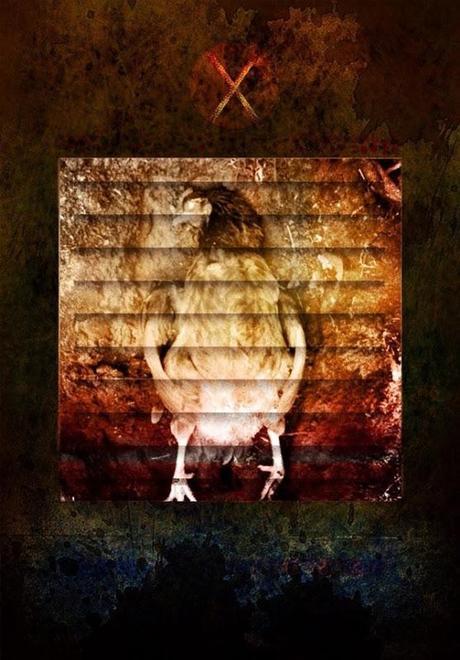
Fade away… (above)
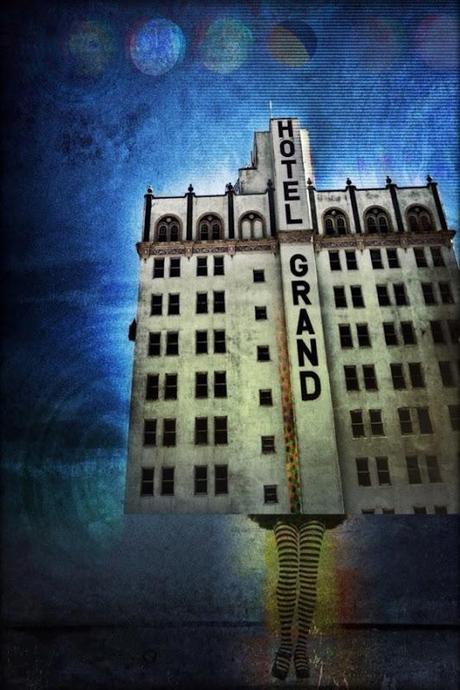
The Grand (above)
Geri: Please share with my readers a little about your editing process.
Clint: My design background makes me a sucker for blending and masking apps. I started with DXP, tried Image Blender for a time, abandoned that for Juxtaposer, but fell in love with Superimpose. Most all of my work, whether landscape, people, abstract, surreal, or concept pieces at some point pass through Superimpose.
Depending on the nature of a base image, I first adjust for tone, sharpening, etc. It’s not uncommon to run an image through virtually every filter setting in MiraCam, Alt Photo, or similar apps to help me identify a color temperature that works for that particular image. Once that’s done, I begin building the visual “story” by applying various stamps, overlaying images, and trying different apps and techniques. On average I create 8-10 images for each step in my app process and pick the one that works before I move on. At some point I will usually let a work-in-progress rest, sometimes for an hour, or as long as a year if necessary. My ‘working’ folder currently contains 351 images. Most will never see the light of day and are more likely to become pieces and parts of other images. The few that emerge will generally have been through a minimum of 7-10 apps and perhaps up to 100 steps.
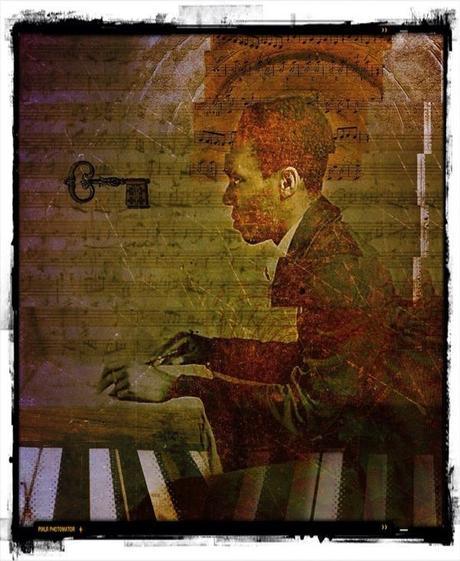
All That Jazz (above)
Geri: Have you ever exhibited your work? If not, do you have any plans to do so?
Clint: Not deliberately. I was asked to exhibit in several shows in the U.S. and Europe and have entered a few juried competitions, but that’s it. Up to now I’ve not actively sought opportunities to exhibit. My exhausting travel schedule precludes me from spending the time necessary to nurture gallery contacts, find show openings, select, then print and frame the work. I’m also a lousy curator of my own work so that aspect of selecting pieces for exhibit terrifies me.
I only now feel comfortable that I have a body of work, eclectic as it is, that could be exhibited, and my wife is now assisting me to develop those opportunities. I’m hopeful a May exhibit in Denver with The International iPhoneography Group materializes, as well as a recent local gallery opportunity in Florida. Those would fit nicely with my insane travel schedule and be the first I could actually attend when my work was hanging, something I’ve always wanted to do. That, and wearing a beret. Yah, then I’d really be an artist.

28 Years (above)
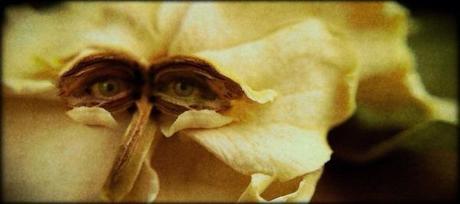
I shall not weep for Winter gone (above)
Geri: Anything else you'd like to add?
Clint: I’m very honored you’ve asked me for this interview, Geri, especially given the universe of phenomenal iPhoneographers that exists. I’m not accustomed to talking much about myself so you’ve taken me out of my comfort zone. Just ask Mansi Bhatia. It took me nearly a year to bring myself to finish a JUXT piece with her. But now that the ice has been broken maybe I’ll be okay. Seriously, I appreciate your artistic friendship and the chance to showcase my work. You’re a blessing, indeed!

Man on a train (above)
Geri’s final note: As always I am very thankful for artists like Clint who take time out of their busy days to provide details about their work.
You can view more of Clint’s work here:
Flickr: clix2020
iPhoneArt: clix2020
EyeEm: clix2020
All images in this feature are copyrighted property of Clint Cline published on iART CHRONiCLES with the consent of the artist.

